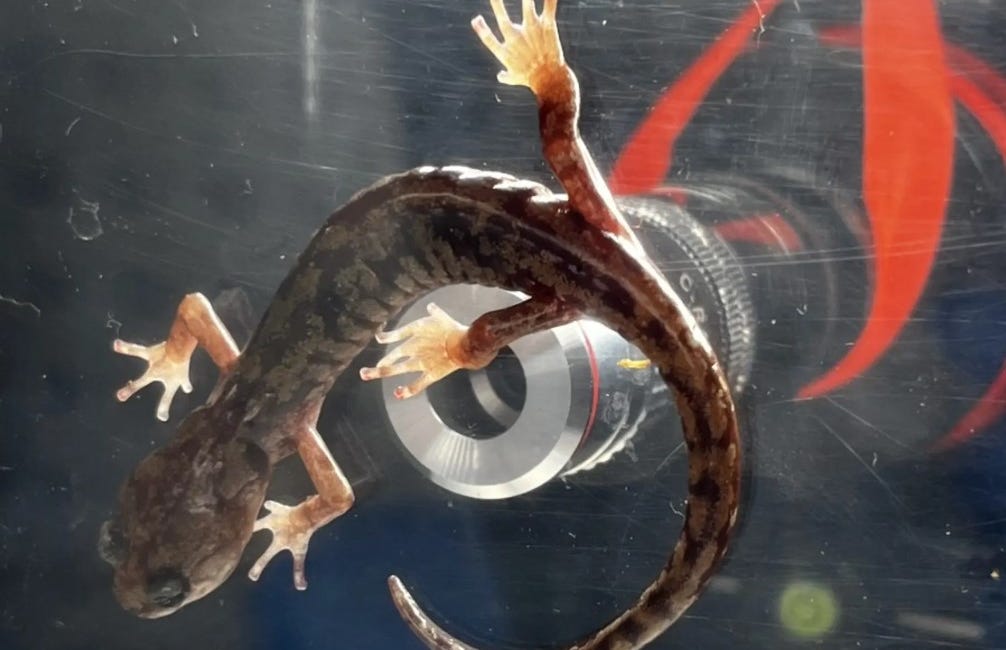One Planet News: Incredibly rare mammal discovered foraging at Longleat
Nocturnal mammal weighing discovered foraging
By Annette J Beveridge
A rare animal foraging for food was captured on camera at Longleat to the delight of conservationists.
The hazel dormouse is one of the UK’s rarest mammals; nocturnal, it is rarely spotted due to spending much of its time sleeping.
The dormouse population has fallen by 52% due to the loss of ancient trees and hedgerows so conservationists were delighted to capture not just an image but the tiny animal’s footprints in a study at Longleat in Wiltshire.
Longleat’s Conservation and Research Manager, Dr Tom Lewis, said: “At Longleat, the majority of the woodland on the estate is managed as continuous cover forestry. This means that an area is never clear-felled.
“Instead, the woodlands can mature and are then thinned on rotation to allow habitat variation and natural regeneration.”
The woodlands are managed to create a mixture of different aged trees - saplings and ancient trees to form an ideal habitat for dormice.
Dr Tom Lewis said: “We were so pleased to capture images of them using camera traps and then to be able to see their footprints. We conducted a footprint tunnel survey to determine whether we have dormice and how much woodland they use.
“This methodology uses biodegradable ink and a white card in a tunnel to identify dormouse from their distinctive footprints. Incredibly, we found dormice in almost half of all sites in the section of the woodland we searched. This demonstrates the rich habitat the woodlands provide.
“Dormice are an important part of the ecosystems, being both predator and prey. Depending on the time of year, they will feed on insects, flower blossoms, nuts and fruits. Their need for a continual supply of food from a variety of sources means they need woodlands with a wide variety of insect and plant life.”
Read more: Good news for nature
The body of a dormouse measures between 6cm to 9cm, with the tail approximately the same length. Dormice weigh between 15g to 40g, the latter weight before hibernation. Dormice have even been known to snore. They are able to enter a state of ‘torpor’ by dropping their body temperature. This is used to save energy when food has been scarce.







